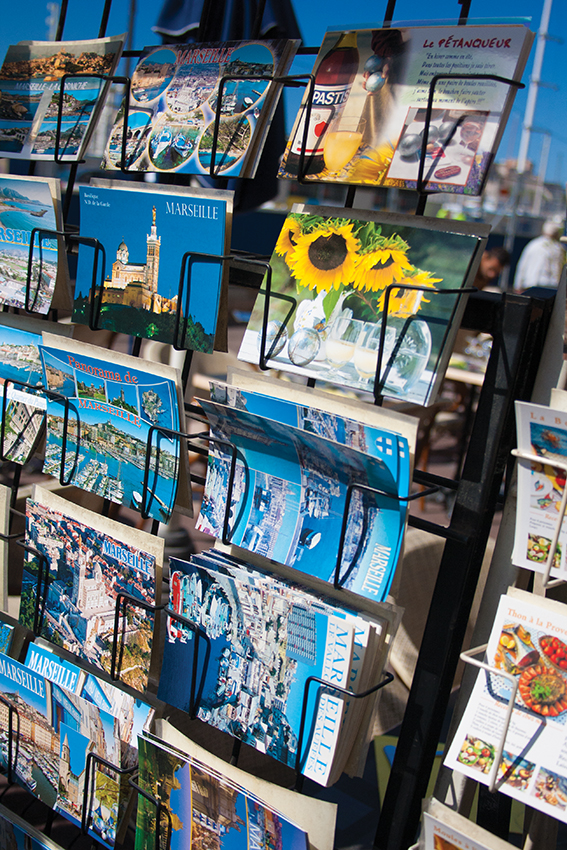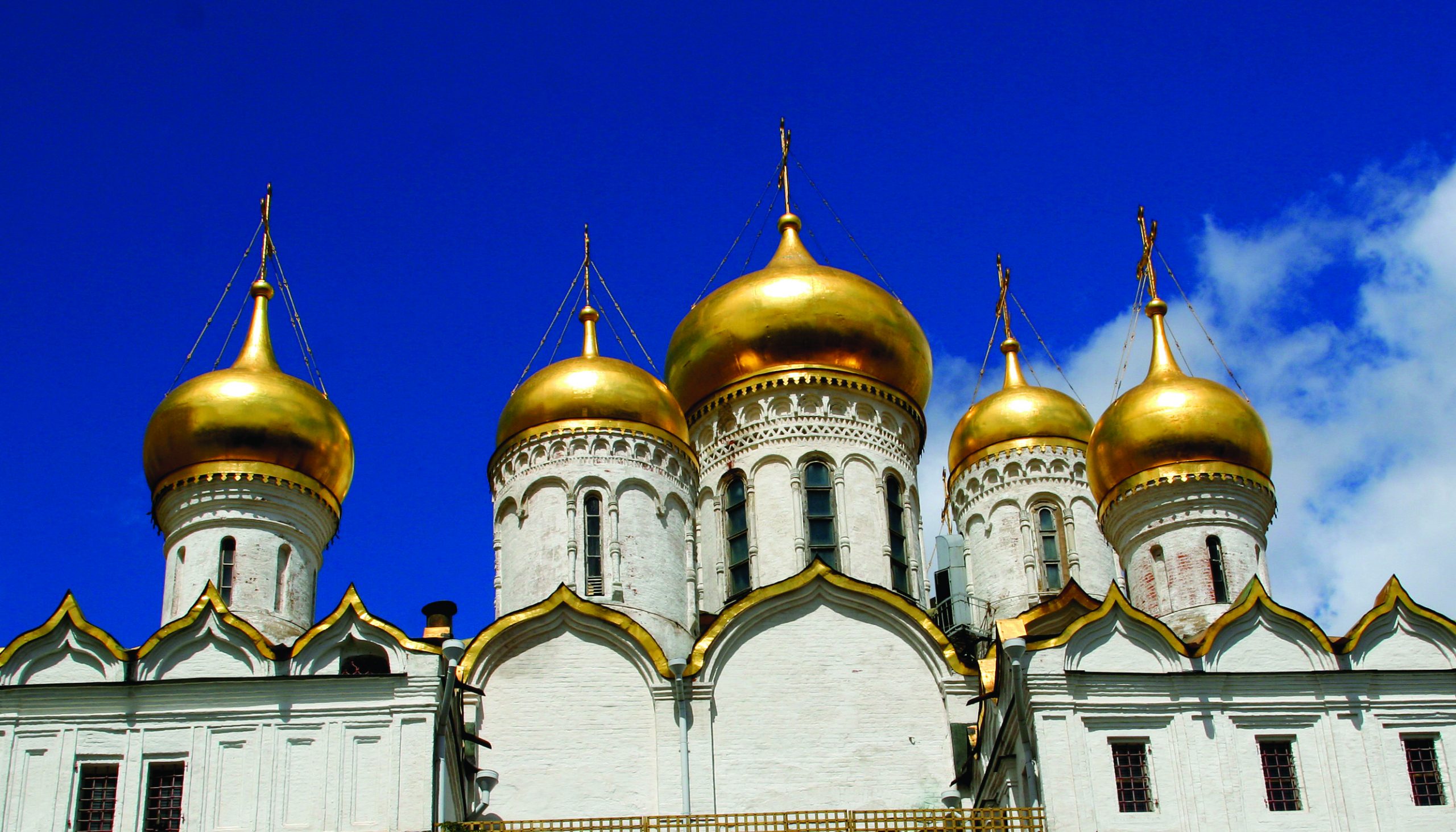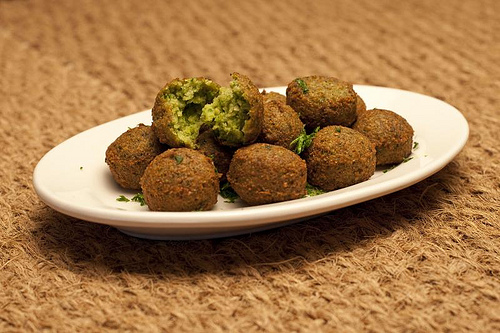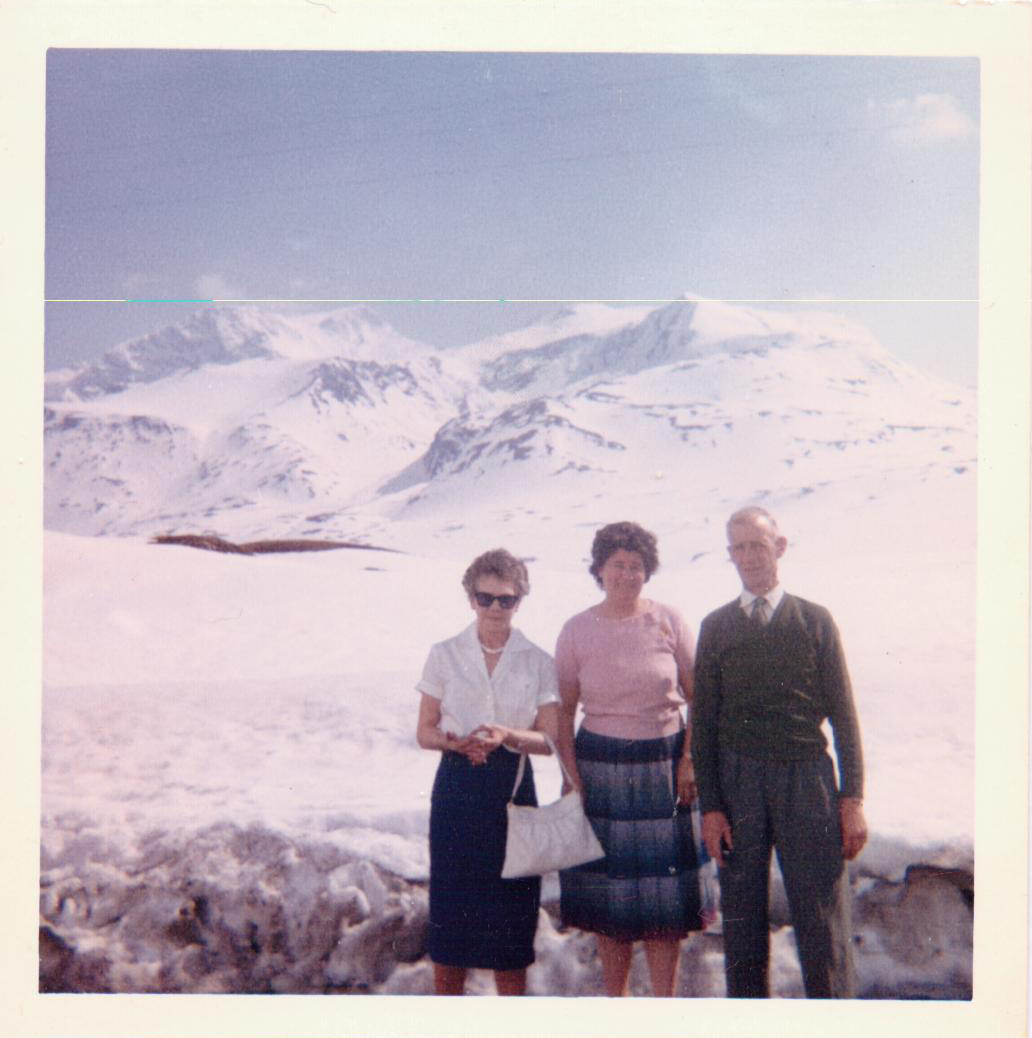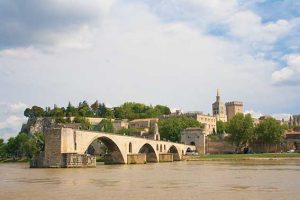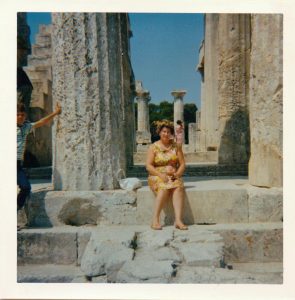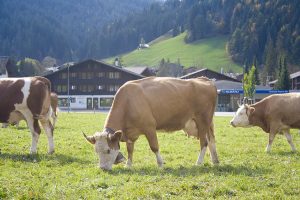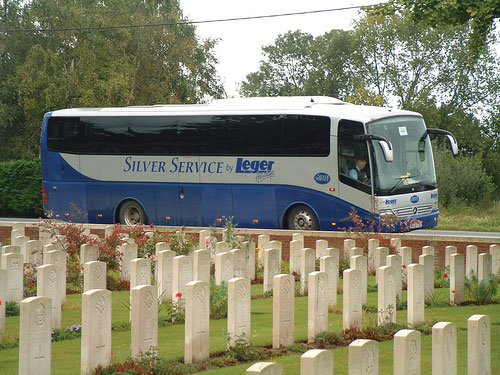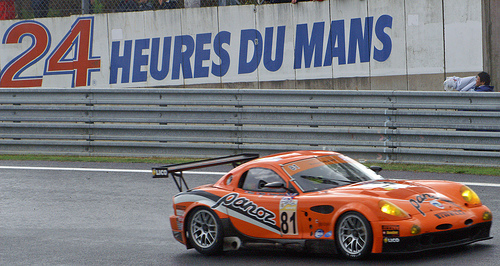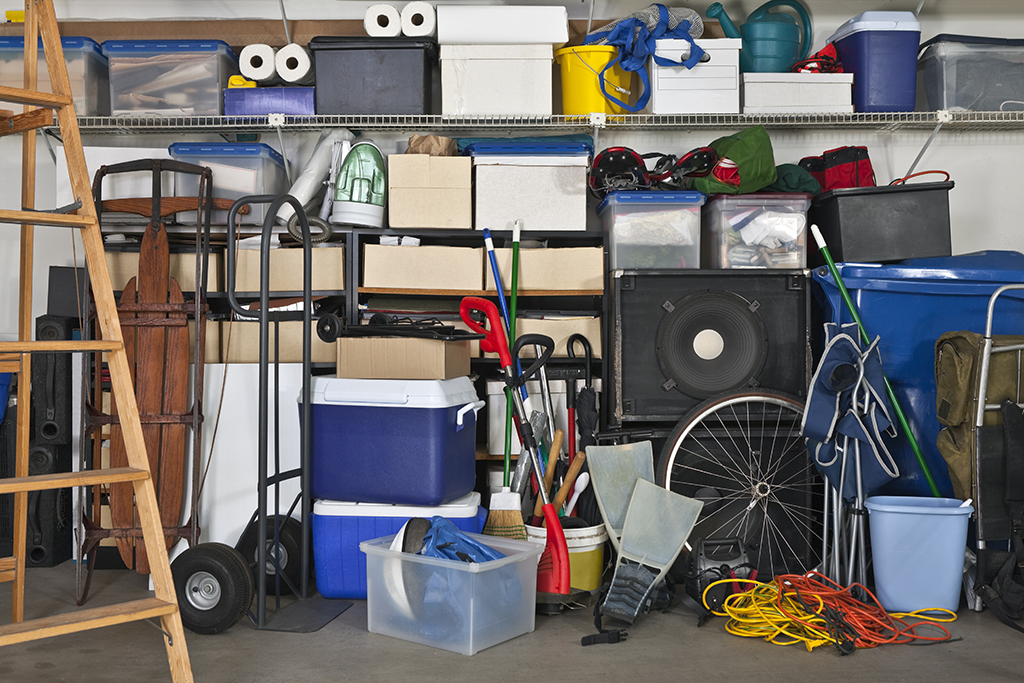In April 2012, I joined Leger’s Highlights of Provence and the Dordogne tour. All the places I would be visiting were new to me – the only place I’d been before in France was Paris – so I was looking forward to seeing what the area had to offer.
As soon as I jumped off the coach, it was the smell that hit me first. Our drop off point was just by the Quai des Belges and the Marché aux Poissons du Vieux Port – the old fish market – which had a real hustle and bustle about it as people gathered around the stalls set up along the harbour side, drawn in by the shouts of the stall holders. Fishing boats arrived with ruddy-faced fisherman in bright yellow, rubber outfits bringing in their days’ catch to add to the stalls.
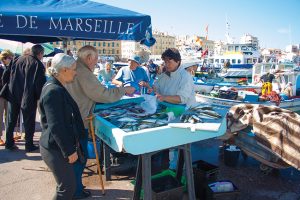
A sea of tails and fins flipped about in water-filled trays, shielded from the warm sun by bright blue umbrellas, as customers pointed out their chosen fish – swiftly prepared by the friendly stallholders and dropped into blue plastic bags. Sales must have been good that day as blue plastic bags dangling from people’s wrists was a common sight around the port. Some stalls were bigger – and busier – than others: one old man had just a wooden box containing a few fish propped on a bucket.
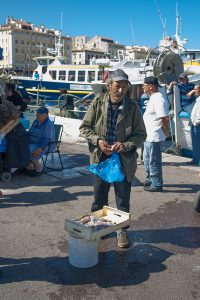
Further along was another old man standing over a tray of huge eels, slithering around in a big blue tray with slices of eel on display and ready to purchase. One of the bodyless eel heads moved right in front of me, which I wasn’t expecting!
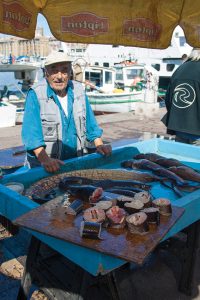
After my eel experience, heading along the Quai du Port I got some excellent views up to the Basilica de Notre Dame de la Garde, perched high on the hilltop. The April weather was fantastic, with clear blue skies and bright sunshine twinkling on the water as I continued my explorations of the city. On the day we visited Marseille, there was a fair bit of work going on around the port – the city was undergoing a major clean up and facelift ahead of 2013 and its status as ‘2013 Capital of Culture’.
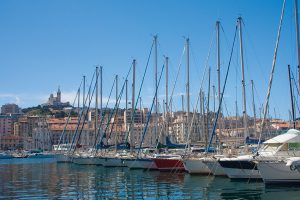
I passed the little train which takes sightseers around the city, choosing not to climb aboard – I prefer to walk around a place, I always find it easier to get my bearings that way – and instead followed the road around to Marseille Cathedral, or ‘La Major’ as it’s also known, the oldest church in the city. The large Cathedral stands on its own – you can’t miss it – next to the former commercial port. A mix of Romanesque, Byzantine and Gothic styles of architecture, its striped façade is created from local Cassis stone and green Florentine marble.
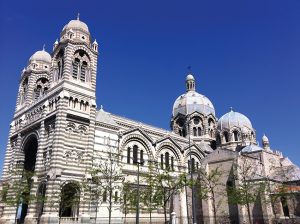
Taking a right turn at the Cathedral, I found myself walking through little backstreets with no-one around, just the smell of coffee and pastries wafting through the air. A sign in the square at the top of the hill said ‘Place des Moulins’, ‘Square of Windmills’, once site of 15 flour mills and now a pretty little place with trees and benches and lined with pastel-coloured houses with bright shutters. Again, there were very few people around, other than a few locals going about their daily business. It was so much quieter than the port area.
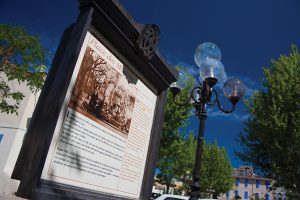
The streets around there and down to the port are shaded and narrow, with washing lines drooping between high, biscuit-coloured buildings, holding clothes which flapped gently in the breeze as I passed beneath. My map told me I was in ‘Le Panier’ which translated means ‘The Basket’. The name apparently comes from an old inn, ‘Le Logis du Panier’, on the street now known as the Rue du Panier. This is a place full of character – it’s one of the oldest districts in Marseille and the area where ancient Greek seafarers first settled, giving the city the name Massalia.
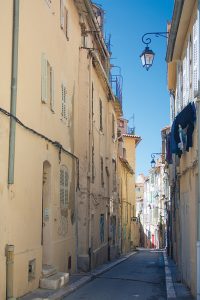
Following steep steps, I caught a glimpse of the port, so I knew I was heading in the right direction, then the Notre Dame de la Garde came into view once again, confirming my route. I passed a woman beating a rug and hanging it out on the wrought iron balcony of her house, and a couple talking about a ‘tasse de café’, which I remembered as being a ‘cup of coffee’ from my school-days French. I felt as if I was immersed in the ‘real’ France!
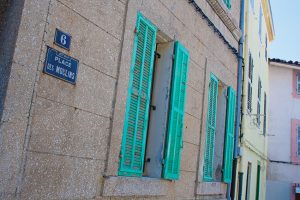
I’d had a great time, strolling around, exploring this lovely city, particularly around Le Panier. Given more time, I would have taken a boat over to the Chateau d’If (best known as one of the settings in Alexandre Dumas’ novel, ‘The Count of Monte Cristo’), or taken the little train up to the Notre Dame de la Garde – as some of our group did – for panoramic views over the city.
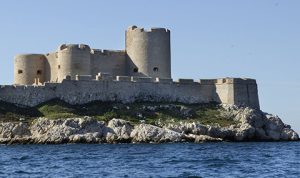
But my time in Marseille was up. It was time to leave the ‘2013 Capital of Culture’, and head off to the next destination on our tour.
Have you been to Marseille? What was your favourite area?

